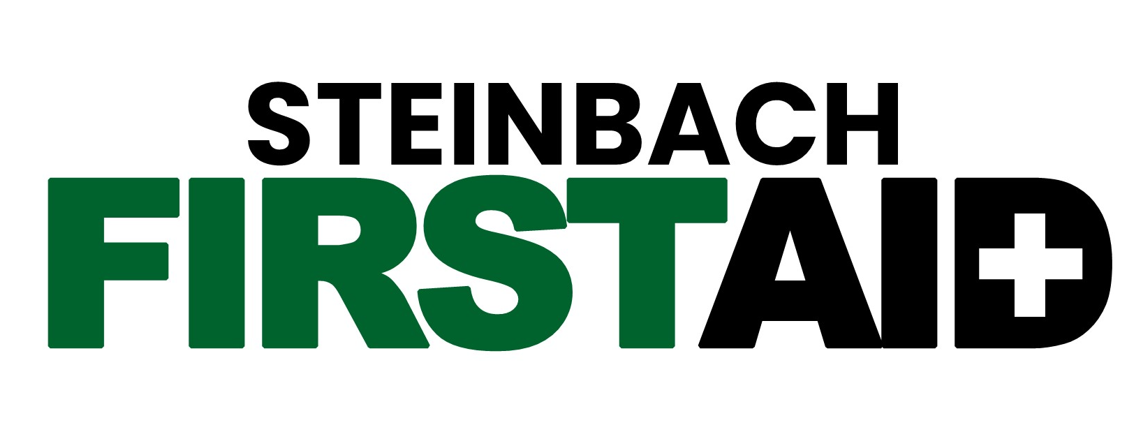Before 1958, there was no such thing as CPR. If someone’s heart stopped because of cardiac arrest, that person fell to the ground, with no pulse, no breathing. And they were simply declared dead.
All of that changed when doctors at Johns Hopkins Hospital in Baltimore discovered cardiopulmonary resuscitation by accident when studying how to shock a heart. When they pressed defibrillator panels to the chest of a lab dog, they saw a blip in blood pressure. They pressed harder and discovered they could push blood through the body. And thus was born CPR.
The problem is that only a tiny fraction of people who have a cardiac arrest and are not at a hospital get CPR. That, said Dr. Benjamin Abella, medical director of the Center for Resuscitation Science at the University of Pennsylvania, is “a national tragedy.” Bystander CPR can be the difference between life and death, as the case of Damar Hamlin demonstrated during a Buffalo Bills-Cincinnati Bengals football game earlier this month.
CPR is not as daunting as it seems; it can be learned in minutes. At the University of Cincinnati Medical Center, where Mr. Hamlin was treated, Dr. Jason McMullan, an emergency medicine physician, has taught CPR to everyone from Cub Scouts to people in nursing homes.
Credit: The New York Times

